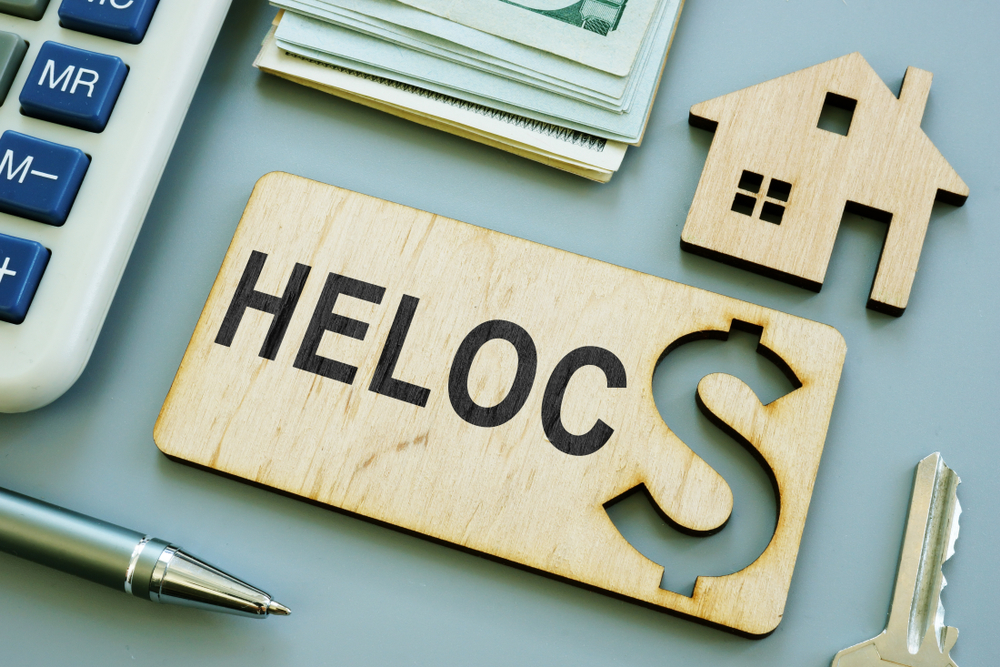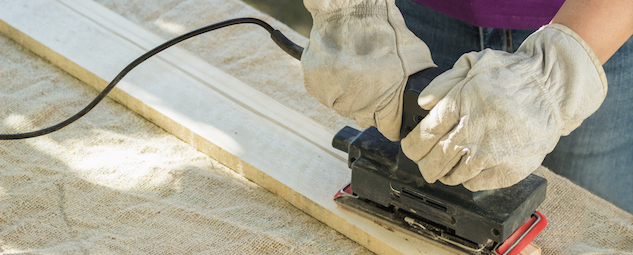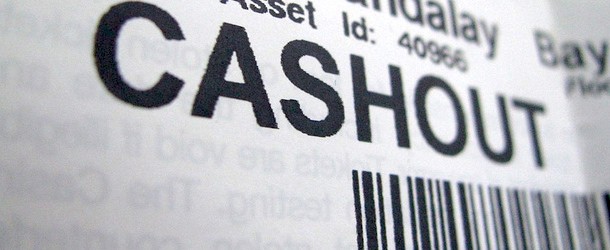Table of Content
Over time, interest is likely to be the biggest expense involved in borrowing against home equity. However, cash-out refinancing can be very expensive if you’re only looking for a little extra cash. That’s because lenders apply a surcharge for cash-out refinancing and that charge applies to the entire loan, not just the cash-out. If you borrow $450,00 and only $20,000 is cash-out, a 1% fee comes to $4,500. Cash-out refinancing can allow you to kill two birds with one stone. You can save money on your current mortgage by lowering your interest rate while also tapping into home equity with a portion of the same loan.

The most common ways to use home equity are through a home equity loan, home equity line of credit , or a cash-out refinance mortgage. You won’t know what terms lenders will offer until you compare quotes from competing lenders. If you need a relatively low-cost form of financing, look into whether a home equity loan could offer attractive terms for your situation. Home equity loans may involve some fees upfront, plus ongoing interest on the amount you borrow.
What’s the Difference Between a Home Equity Loan and a 401(k) Loan?
Texas law caps home equity closing costs at 2% of the total loan amount. Cash-out refinances are first loans, while home equity loans are second loans. Cash-out refinances pay off your existing mortgage and give you a new one. On the other hand, a home equity loan is a separate loan from your mortgage and adds a second payment.
Life insurance loans require that you own a life insurance policy that builds cash value, such as a dividend-paying whole life insurance policy. A home equity loan is a loan using the equity you’ve built up in your home as collateral. With a traditional home equity loan, you borrow a lump sum and agree to make regular payments to pay off the loan. A close cousin of the traditional home equity loan is a home equity line of credit (“HELOC”), in which a lender pre-approves a loan up to a maximum amount. You will be required to make regular payments to restore your line of credit. Review an amortization schedule of principal and interest payments to judge the long-term impact of borrowing against home equity.
Great! What type of property are you ?
A refinance involves taking out a new loan to pay off an existing one. When you do a cash-out refinance, you borrow more money than you owe on your current loan and use the extra cash to pay for other expenses. Cash-out refinancing is a very low-interest way to borrow the money you need for home improvements, tuition, debt consolidation or other expenses. If you have big expenses that you need to borrow money for, a cash-out refinance can be a great way to cover those expenses while paying little in interest. Your home is an investment, and the equity in your home is something you can and should use to reach your financial goals. Cash-out refinances and home equity loans are both ways you can get cash from your home to do things like renovate your home, pay for tuition or consolidate debt.
They can usually be for 80%-85% of the home’s value and are typically drawn over a period of 10 years. You can also open or do a balance transfer to a credit card with a 0% promotional period to borrow money with no interest attached. But you’ll need to pay off the amount before the promo period ends, or you could get stuck with sky-high interest charges. A home equity line of credit, or HELOC, on the other hand, works like a credit card.
What About a Home Equity Line of Credit, Compared to a Life Insurance Policy Loan?
Cash-out refinances can use fixed or adjustable interest rates. Just like home equity loans, cash-out refinances typically have a loan-to-value limit of about 80% of the value of your home. It also comes with closing costs, which are usually about $5,000.
However, if you report your card loss within two business days after you learn about a loss or theft, you’re liable for up to $50. Andrea Riquier is a New York-based writer covering mortgages and the housing market for Forbes Advisor. She was previously at Dow Jones MarketWatch, on the housing market and financial markets beats. Before that, she covered macro and central banks for Investor's Business Daily, and municipal bonds for Debtwire.
Equity comes with low rates, tax incentives
Still, HELOCs are just like credit cards, and that means the interest rates on the credit line can adjust, and with the Fed raising rates, that means they’re likely to go up. However, you typically end up paying a higher interest rate for a home equity loan than a cash-out refinance. Although you can use home equity loan funds for any purpose, common uses include refinancing high-interest debt or paying for home improvement projects. Our mission is to provide readers with accurate and unbiased information, and we have editorial standards in place to ensure that happens.

Your mortgage balance divided by your current home value equals your loan-to-value ratio. This gives lenders more of a cushion and more confidence to offer you a lower interest rate. For example, if your home is worth $450,000 and you owe $250,000 on your loan, you would refinance for the entire $450,000, rather than the amount you owe on your mortgage. Your new cash-out refinance home loan would replace your existing mortgage, and then offer you a portion of the equity you built (in this case $200,000) as a cash payout. A home equity loan deposits all funds upfront, and you must repay the loan with a fixed interest rate.
The amount you can borrow is usually a percentage of the equity you have in your home, such as 80%. Because you get the full amount upfront, your payments include both principal and mortgage from the outset. Some home equity loans offer a fixed rate, just like a traditional mortgage loan. You can find home equity loans with terms from five to 30 years. With a traditional home equity loan, you can borrow a large lump sum of cash and then repay the amount in monthly installments at a fixed interest rate, usually over 10 to 15 years. The interest rate may be higher, though, than a fixed rate home mortgage.

You could borrow 80% of the home’s value, which would be $240,000. After paying off the $150,000 on your existing mortgage, you’d close with a check for $90,000. If you use that money to improve your home and its value increases to $400,000, then your cash-out refinance would have helped increase your overall wealth. A cash-out refinance involves taking out a new mortgage based on the current value of your home, using that money to pay off your original loan — and pocketing the difference. However, the main risk with this approach is that it exposes you to interest rate risk. HELOCs are a variable interest rate loan, which means that if interest rates rise, so would your payments.
Although some homeowners use these funds to pay down their mortgage, they could also take out a home equity loan to cover other costs, such as remodeling their kitchen or paying for college. Your home’s equity will fluctuate based on how much repayment you’ve made toward your home loan and how the market affects your home’s value. Pulling from your home’s equity to make improvements or to fund renovation projects can also help increase your home’s equity.
At that point, you or your heirs can sell the home, pay off the reverse loan and keep any remaining proceeds from the sale. That advantage can make home equity loans attractive, but they come with financial responsibilities. Home equity isn’t based on your original home value but on what that property is worth today. According to the S&P CoreLogic Case-Shiller US National Home Price Index, the average home's value has more than doubled over the past ten years.
Harness the power of your home's equity.
Today, however, there's less risk of your home's value decreasing below your home equity loan amount. Home prices have appreciated more than 40% across the US since the beginning of the pandemic, and it seems unlikely that they'll go down in a significant way anytime soon. Marc is senior editor at CNET Money, overseeing banking and home equity coverage. He's been a financial writer and editor for more than two decades, working for The Kiplinger Washington Editors, U.S. News & World Report, Bankrate and Dow Jones. Before joining CNET Money, Wojno was Senior Editor of Finance for ZDNet, writing on blockchain, cryptocurrency, financial services, investing and taxes.

Now based out of Los Angeles, Alix doesn't miss the New York City subway one bit. We’re transparent about how we are able to bring quality content, competitive rates, and useful tools to you by explaining how we make money. Our experts have been helping you master your money for over four decades. We continually strive to provide consumers with the expert advice and tools needed to succeed throughout life’s financial journey. We are an independent, advertising-supported comparison service.


No comments:
Post a Comment